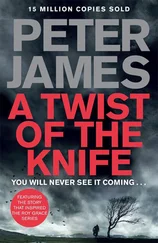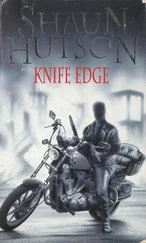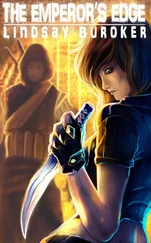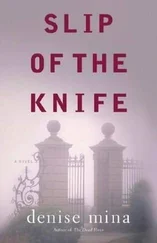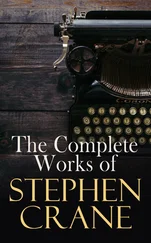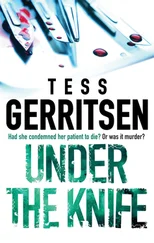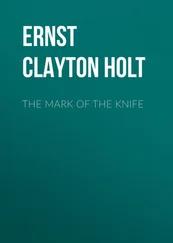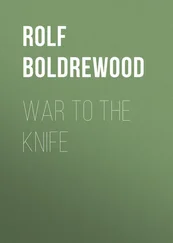The back of the ambulance fell silent with the horror of it all. I would have loved to have dragged that hideous fence post out of her chest – that had to be left to the pathologists. I couldn’t bring myself to watch her autopsy, but it confirmed that her diaphragm had been torn away and her pulped liver avulsed from the inferior vena cava.
That balmy summer’s evening I went walking through the bluebell woods of Bladon Heath with Monty, my jet black flat-coated retriever. While he chased rabbits, I sat on a fallen tree carpeted in moss and wondered if there was a God. Where was he on those fraught occasions when I needed some divine intervention? Where was he today when that poor girl tried to avoid hurting a deer and was killed by her kindness? I visualised her devastated parents sitting with a cold corpse in the mortuary, holding their daughter as I’d done in the ambulance, beseeching God to turn the clock back.
There was no point trying to be logical about religion. I knew that high-ranking Oxford – and indeed Cambridge – academics scoffed at the deity concept. Both Richard Dawkins and Stephen Hawking had that gold-plated atheistic confidence in their own abilities, spurning outside help. I guess I was the same. But I would still sneak into the back of a college auditorium and listen to debates on the subject. Some disputed God’s existence because of all the evil and misery in the world, and while I could identify with that, I had contrary and privileged insight through the odd patient who actually claimed to have reached the Pearly Gates before we clawed them back.
These vivid out-of-body experiences were rare but occasionally compelling. One spiritual lady described floating calmly on the ceiling as she watched me pumping her heart with my fist through an open chest. Forty minutes into this internal cardiac massage my thumb tore through into her right ventricle – she clearly recalled my words: ‘Oh shit, we’ve had it now.’ Fortunately, the perfusionists arrived with the circulatory support system I needed to keep her alive, and I succeeded in repairing the hole.
She uncannily related her memory of the events a number of weeks later in the clinic. Having been party to her own resuscitation attempts from above, she had floated through the clouds to meet with St Peter. This journey amid peace and tranquillity contrasted sharply with our gruesome efforts back down on the ground. But having arrived in heaven she was told she had to return to earth and wait her turn again – a ridiculously close-run thing between me and Grim Reaper. Perhaps God changed as he got older. Maybe he started out with the best of intentions but became cynical and less caring with time. Just like the NHS.
It was only after retiring from surgery that I began to reflect on my role in dispatching so many to that great hospital in the sky. One tranquil spot on the heath still holds a great deal of significance for me. It is a haunted place, a gap in the woodland that overlooks both Blenheim Palace, where my hero Winston Churchill was born, and St Martin’s Church, Bladon, where he is buried. A few yards from this clearing a jet plane that had just taken off from Oxford Airport crashed and exploded.
My son Mark was working for exams in his bedroom and watched the whole spectacle unfold. Heroically, he was the first to reach the drama in the field but could do nothing amid the conflagration. He watched the cockpit burn and cremate the occupants. Obviously at seventeen he had a different constitution to his lobotomised father, so the dismal spectacle disturbed him as it might any normal person. After dropping a single grade in biology he was dumped by his chosen university. I was very bitter about that. I still am.
One day when we reached this sacred ground, Monty spotted a stag silhouetted against the evening sky a hundred or so yards up the ride. A shaft of evening sunlight shone through the trees to illuminate a clump of fading bluebells, their heads dipping at the end of their season. Was that majestic stag in fact God looking down on me, surrounded by the spirits I had set free during my career, the ghosts of operations past?
In truth, I had always been a loner. I was still a restless insomniac who would wake in the early hours and write, making stupid notes on material I would never use, continuing to invent impossible operations that no one would ever perform. Did I miss surgery? Not at all, surprisingly enough. Forty years had been plenty. But it remained a great mystery to me how I had achieved so much from my humble beginnings in the backstreets of a northern steel town. Perhaps it was that battle to escape obscurity that provided the momentum. I wanted to be different, and I had the ruthless ambition to take on the system and overcome my past.
Although I spent my whole career writing textbooks and scientific papers for the profession, I reflected for many years on whether it was appropriate to discuss my battles in a public forum. Ironically it was my own patients who urged me to do so, even the loved ones of some who died. So many were eager for their stories to be told. From my own perspective, I always found the history of modern heart surgery to be among the most compelling stories ever told. As a trainee in London and the US I actually knew a number of the pioneers personally, and they had shared their own trials and tribulations with me face to face, encouraging me to make a difference, not to sit in the shadows avoiding conflict. And I certainly attracted trouble right from the start.
The government’s policy of releasing named-surgeon death rates to the press was another factor that edged me towards writing a tome for consumption by the general public. What is life really like on the other side of the fence? Is it different from being a statistician, politician or a journalist? The barrister and medical ethicist Daniel Sokol wrote in the British Medical Journal , ‘The public has an appetite for glimpses of the private lives and thoughts of doctors. They demystify a profession that was once deemed blessed with magical powers.’ Perhaps some of us still do have mystical powers. There are few things more intriguing than delivering electricity into a patient’s head through a metal plug screwed into their skull like Dr Frankenstein’s monster or reinventing human circulation with continuous blood flow without a pulse. These innovations may be construed as witchcraft, but they were my own practical solutions to the terrible illness that is heart failure. Sokol went on to say that doctors are in the habit of revealing ‘not the chiselled frame of Apollo … but the wart covered body of Mr Burns, the Simpsons character’. But Burns was the rich factory owner. I’m more of a sensitive intellectual, like Bart Simpson’s father Homer.
As is often the case, the French have a phrase for it: ‘se mettre à nu’, to get naked. So that is what I decided to do, although this was a much more interesting spectacle in my younger years than now. My own insight tells me that the public are happier to learn that their surgeon, even a heart or brain surgeon, is human and subject to the same core emotions as anyone else. But because of a freak sporting accident, some qualities possessed by the vast majority of people were lost to me for a while, which proved an unexpected but substantial boost to a career at the sharp end – life perpetually on the ‘knife’s edge’.
1
When I searched the internet for a contemporary description of the surgical personality, I found this:
Testosterone-infused swagger, confident, brash, charismatic, commanding. Arrogant, volatile, even bullying and abusive. Aggressive. Cuts first, asks questions later, because to cut is to cure and the best cure is cold steel. Sometimes wrong but never in doubt. Good with his hands but no time to explain. Compassion and communication are for sissies.
Читать дальше

